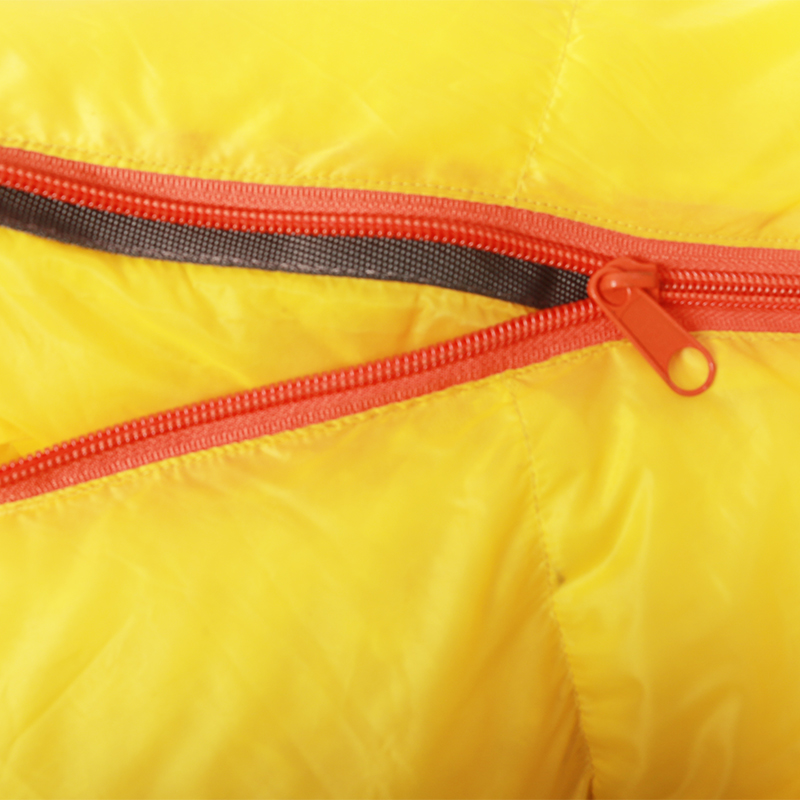
Oct . 18, 2024 16:05 Back to list
Choosing the Perfect Sleeping Bag for Outdoor Adventures and Camping Trips
The Ultimate Guide to Choosing a Sleeping Bag for Outdoor Adventures
When it comes to enjoying the great outdoors, few pieces of gear are as essential as a good sleeping bag. Whether you're embarking on a summer camping trip in the mountains or planning a winter expedition in the wilderness, the right sleeping bag can make all the difference in your outdoor experience. In this article, we'll explore the key factors to consider when selecting a sleeping bag for your outdoor adventures.
1. Temperature Rating
One of the most crucial aspects to consider when choosing a sleeping bag is its temperature rating. Sleeping bags are typically rated for three seasons summer, three-season, and winter. A summer sleeping bag is lightweight and designed for warmer temperatures, usually rated between 40°F and 60°F (4°C to 16°C). Three-season bags can handle temperatures as low as 20°F to 40°F (-6°C to 4°C), making them ideal for spring and fall camping. Winter sleeping bags are built for extreme cold, with ratings below 20°F (-6°C), ensuring warmth during harsh conditions.
2. Insulation Type
Sleeping bags come with two main types of insulation down and synthetic. Down insulation, made from the soft plumage of ducks or geese, offers excellent warmth-to-weight ratio and compressibility. However, it loses its insulating properties when wet and can be pricier. On the other hand, synthetic insulation, made from polyester fibers, retains its insulating capabilities even when damp, dries faster, and is usually more affordable. The choice between down and synthetic depends on your priorities regarding weight, cost, and moisture exposure.
Sleeping bags come in various shapes, including rectangular, mummy, and semi-rectangular. Rectangular bags offer more room to move around, making them great for campers who don't mind the added weight. Mummy bags, which taper towards the feet, provide a snug fit, maximizing thermal efficiency and minimizing weight, making them a favorite among backpackers. Semi-rectangular bags offer a balance between roominess and warmth, catering to those who appreciate a bit more space without sacrificing too much heat.
sleeping bag outdoor

4. Size and Fit
A sleeping bag that fits well is essential for a comfortable night's sleep. Sleeping bags come in various sizes, and it's important to choose one that accommodates your height. Additionally, consider the width of the bag; some models come in wide or long versions for taller or broader individuals. A proper fit not only ensures comfort but also helps in retaining body heat during chilly nights.
5. Weight and Packability
If you're planning to hike or backpack to your campsite, the weight and packability of your sleeping bag become critical factors. Lightweight sleeping bags are designed for easy transport and often come with compression sacks that help reduce their size for packing. The goal is to balance warmth and weight, as a heavy bag can quickly become cumbersome on your journey.
6. Additional Features
When selecting a sleeping bag, look for additional features that enhance your outdoor experience. These may include draft collars, hoods, and zippers that prevent heat loss. Some models also offer waterproof or water-resistant shells, which can be beneficial in damp conditions. Consider whether you need features like pockets for storing personal items or a detachable liner for easy cleaning.
Conclusion
Investing time in choosing the right sleeping bag for your outdoor adventures can significantly enhance your experience in nature. By considering factors such as temperature rating, insulation type, shape, size, weight, and additional features, you can find a sleeping bag that fits your needs perfectly. Remember that comfort is key to enjoying the great outdoors, so take the time to find a sleeping bag that will keep you warm and cozy on your next camping trip. Whether you're stargazing in a serene meadow or logging miles on a challenging trail, the right sleeping bag will ensure you wake up refreshed and ready for another day of adventure.
-
Durable Camping Picnic Mat – Waterproof & Portable Outdoor Rug
NewsJul.26,2025
-
XL Waterproof Picnic Rug for Outdoor | Large Waterproof Mat, Easy Carry
NewsJul.25,2025
-
Best Waterproof Picnic Mat for Outdoor, Large & XL Rug Options
NewsJul.24,2025
-
XL Waterproof Picnic Rug - Extra Large, Durable & Portable Outdoor Mat
NewsJul.23,2025
-
Folding Picnic Rug – Large Waterproof Outdoor Blanket for Family & Beach
NewsJul.22,2025
-
Best Large Waterproof Picnic Mat with Bag for Outdoor Use
NewsJul.21,2025
